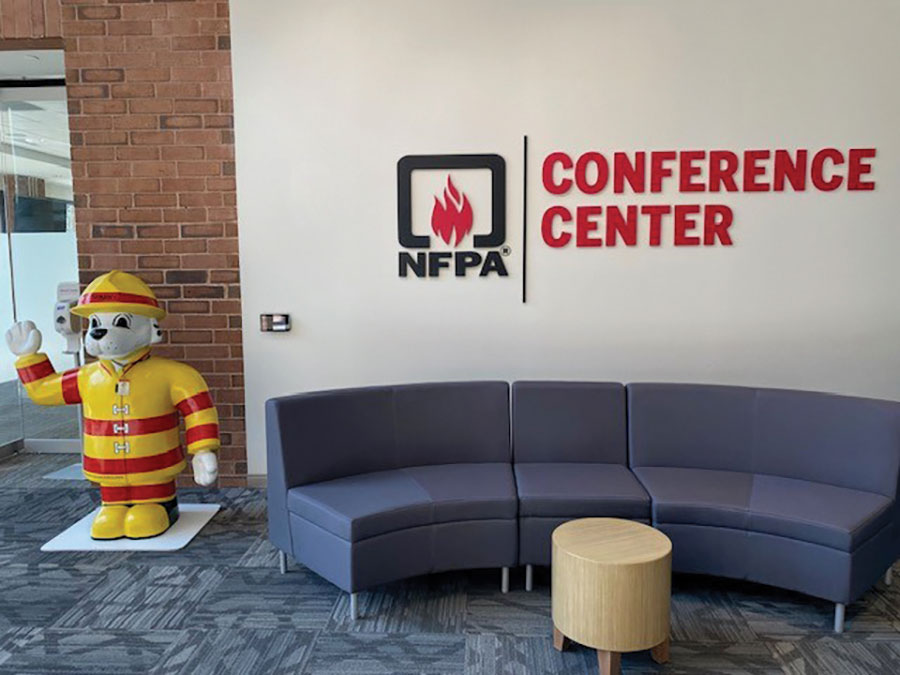Work on the 2002 National Electrical Code has been completed. Those using the NEC will find a significant difference in the new edition. It is likely to take some adjustments to become fully familiar with the new Code. Considerable effort has been made to make the new 2002 NEC more user friendly. It is the result of work done by a large number of people, and it focuses on several areas to improve the ease of use of the Code.
Another notable point with the 2002 edition of the Code is the emphasis on the international nature of the document. Some have discounted the international scope of the National Electrical Code while pointing to the International Electrotechnical Commission Standard 60364-1 as the international electrical code. The NEC is an international standard and is presently adopted in several countries outside the United States. It is not only a stand-alone type of international electrical code but can readily be used as the application and enforcing document for the IEC Code. New wording adopted as 90.1(D) of the 2002 NEC identifies the NEC as meeting the “fundamental principles of protection for safety contained in Section 131″ of the Electrical Installation of Buildings, IEC 60364-1.
The January/February issue of the IAEI News included an article by Lori Tennant on how IEC 60364 relates to North America. That article points out distinctive differences between the NEC and IEC 60364 and they are significant. While they may have similar basic principles intended to provide a level of safety in the use of electricity, the two documents go in different directions to achieve their goals.
The North American electrical safety system includes the application of rules that are designed to be adopted and enforced. By necessity, those rules are intended to be specific in nature. Problems quickly arise where rules are vague or unclear and different conclusions are reached as to their meaning.
Most electrical code rules in North America include provisions that set specific limits or guidelines. Sizes, depths, distances, ratings, and other measurable criteria are practical for enforcers to apply and those set values are based on test data, field experience, and other reasons deemed to justify such rules.
The value of well-defined and enforceable code rules is recognized when different opinions are reached by affected parties on what a rule means. Rules covering the installation of receptacle outlets in dwellings are easy to understand and follow because they state minimum distances between outlets, ratings, and other requirements that are readily identifiable. This approach is beneficial to all involved, from the designer to the end user. It is much more practical and includes proven safety features.
There appears to be interest, especially in the international area, to promote the use of performance based electrical safety code rules instead of those of a prescriptive type. While that concept may sound good when described by promoters of that concept, it is not a practical approach by itself. Without clear guidelines of a prescriptive code with readily definable parameters on how to achieve the objective on performance-based rules, enforcement of those rules is extremely difficult. If a roadway sign states “Drive at a Safe Speed”, is it possible to enforce that rule? While it can be agreed that the stated rule is an ideal one, it is easily recognized that drivers will not interpret that general rule the same.
The National Electrical Code uses performance requirements and prescriptive rules in a manner that can achieve satisfactorily results. As an example, performance requirements are stated in 250.4 as to the objectives of grounding and bonding and reference is made to the remainder of Article 250 for the rules needed to accomplish those goals. This combination of the two types of rules is a workable solution.
The North American electrical safety system has proven to be very effective in providing a high level of safety for the general public. There is nothing on the horizon that can serve the consumer or user of electricity better than the system in place.














Find Us on Socials